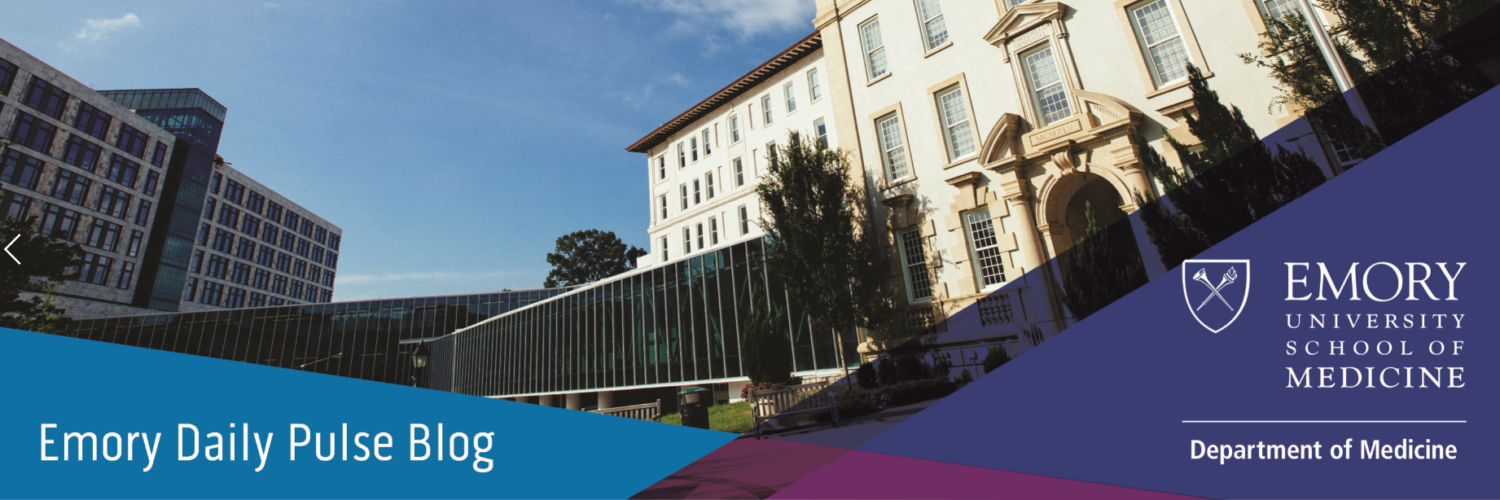Monthly Case from the Division of Hospital Medicine and the Division of Cardiology
“Can you die from chest pain ‘treatment’?
Submitted by:
Liliana Guevara-Bermudez, MD
Assistant Professor
Hospital Medicine
Department of Medicine
Edited by:
Olga Toleva, MD
Associate Professor of Medicine
Division of Cardiology
Department of Medicine
Story and Case:
A 40-year-old African American male with past medical history of coronary artery disease (CAD) s/p left anterior descending artery (LAD) stent several months prior to presentation, hypertension, hyperlipidemia, paroxysmal atrial fibrillation, sick sinus syndrome s/p permanent pacemaker (PPM), pulmonary embolism and cerebral vascular accident, presented with severe substernal chest pain. Nitroglycerin (NTG) and isosorbide mononitrate were ordered upon admission. These medicines did not provide any relief of chest pain, and the patient started to request hydromorphone constantly. Of note, patient had experienced recurrent chest pains after initial stent implantation and required two left heart catheterizations (LHC) that showed a patent stent and open coronaries.
As his angina did not resolve, Cardiology performed a functional LHC. The LHC showed increased cardiac nociception with contrast injection and adenosine infusion, normal non-endothelial pathway microvascular function, and endothelial dysfunction with notable spasm and myocardial muscle bridge of the LAD, worsening with NTG.
What’s the Diagnosis?
A myocardial bridge is a small area of an artery that threads under the coronary muscle fibers and gets compressed with every heartbeat; compression becomes more pronounced when NTG is given. The initial treatment for this patient’s pain was thus not only ineffective; it acutely worsened his cardiac function.
Cardiology advised dual antiplatelet therapy for his CAD (LAD stent), a statin for endothelial dysfunction, a calcium channel blocker with a bradycardic effect (e.g., diltiazem) for the muscle bridge and coronary vasospasm, and a selective serotonin reuptake inhibitor for increased cardiac nociception. In addition, cardiology recommended avoiding short- and long-acting NTG for chest pain due to potential tachycardia and worsening of the muscle bridge.
The patient was started on diltiazem and sertraline; continued on clopidogrel, apixaban, and atorvastatin; was instructed to avoid NTG as well as narcotics in the future and was discharged.
Discussion:
Chest pain is extremely common in the hospital setting. It frequently results from CAD and is usually treated successfully with NTG. However, in cases of coronary muscle bridge or recurrent unexplained chest pain episodes, providers should investigate further, as management of uncommon etiologies can be significantly different from normal courses of treatment. Specifically, NTG is not appropriate for every case of chest pain in the setting of CAD, and in some cases, can worsen ischemia. In the case of coronary muscle bridge, NTG can accentuate systolic compression of bridged segments. Other pain management strategies should be pursued. Narcotics should be avoided when NTG fails to relieve chest pain, as they may mask symptoms, delay appropriate diagnosis, and create dependency without having a direct effect on the condition. Functional LHC should be considered in patients with open coronaries and anginal symptoms, as they may reveal microvascular dysfunction, epicardial spasm or a functionally significant muscle bridge, as in this case.
Conclusion: Muscle bridge is an uncommon finding that is rarely seen by hospitalists and is not well known. Using NTG for chest pain in patients with CAD is usually providers’ first action; however, not every case of chest pain requires NTG as a long-term treatment, and when NTG is not effective, providers should investigate alternate etiologies.
Author Disclosure: None.


Be the first to comment on "Faculty Development Case of the Month: October 2022"